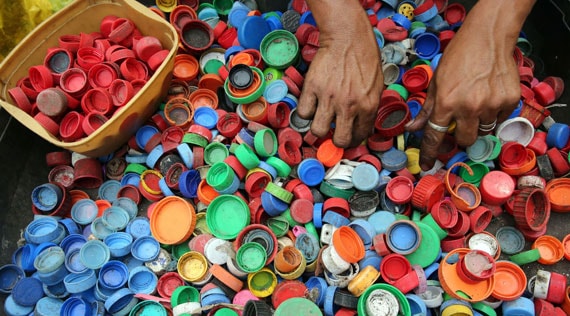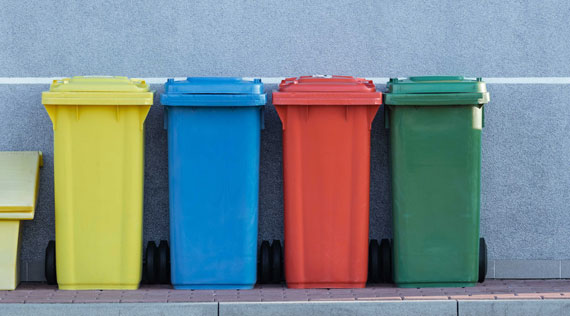Made by NPR, it explains what's recyclable, what becomes trash, and why.
How often do you wonder about what can go in the recycling bin and what cannot? The answer varies from municipality to municipality, as each has its own facilities for recovering waste materials and not all are the same. There are, however, some general rules that stay the same. A new guide from NPR attempts to clarify these for the average consumer, describing different categories of materials and whether or not they are usually recyclable.
As you scroll through the guide, it explains why the item has a typical outcome and what you can do to improve it. For example, small plastics such as bread bag clips, pill packaging, and single-use condiment pouches can get caught or fall between the belts and gears of machinery, and so are not usually recyclable. Flexible packaging, such as baby food purée and chip bags, is not recyclable because it contains layers of different types of plastic, often lined with aluminum: "It’s not possible to easily separate the layers and capture the desired resin." Beverage bottles are the types of items a recycling facility was built to handle – "made from a kind of plastic that manufacturers can easily sell for making products such as carpet, fleece clothing or even more plastic bottles."
One of the most valuable points made by the guide is that recycling is a business – and that is something we'd do well to remember more often. Gaining a second life is not a guaranteed outcome for anything that goes into a blue box because it depends on a global market, on supply and demand, and whether municipalities can actually process and sell the waste materials they've gathered.
"Recycling is a business with a product that is vulnerable to the ups and downs of commodities markets. Sometimes it’s cheaper for packagers to make things out of raw, virgin plastic than it is to buy recycled plastic."
Recycling alone will not fix our global waste crisis. At this point it's barely making a dent, but it's still better than nothing. Learn how to do it better, buy products made from recycled materials, and encourage designers to make packaging easier to recycle or reuse. As the guide concludes, "Recycling alone can’t solve the waste conundrum, but many believe it’s a vital piece of an overall strategy, which also includes reducing packaging and replacing disposables with reusable materials."
See guide here.

